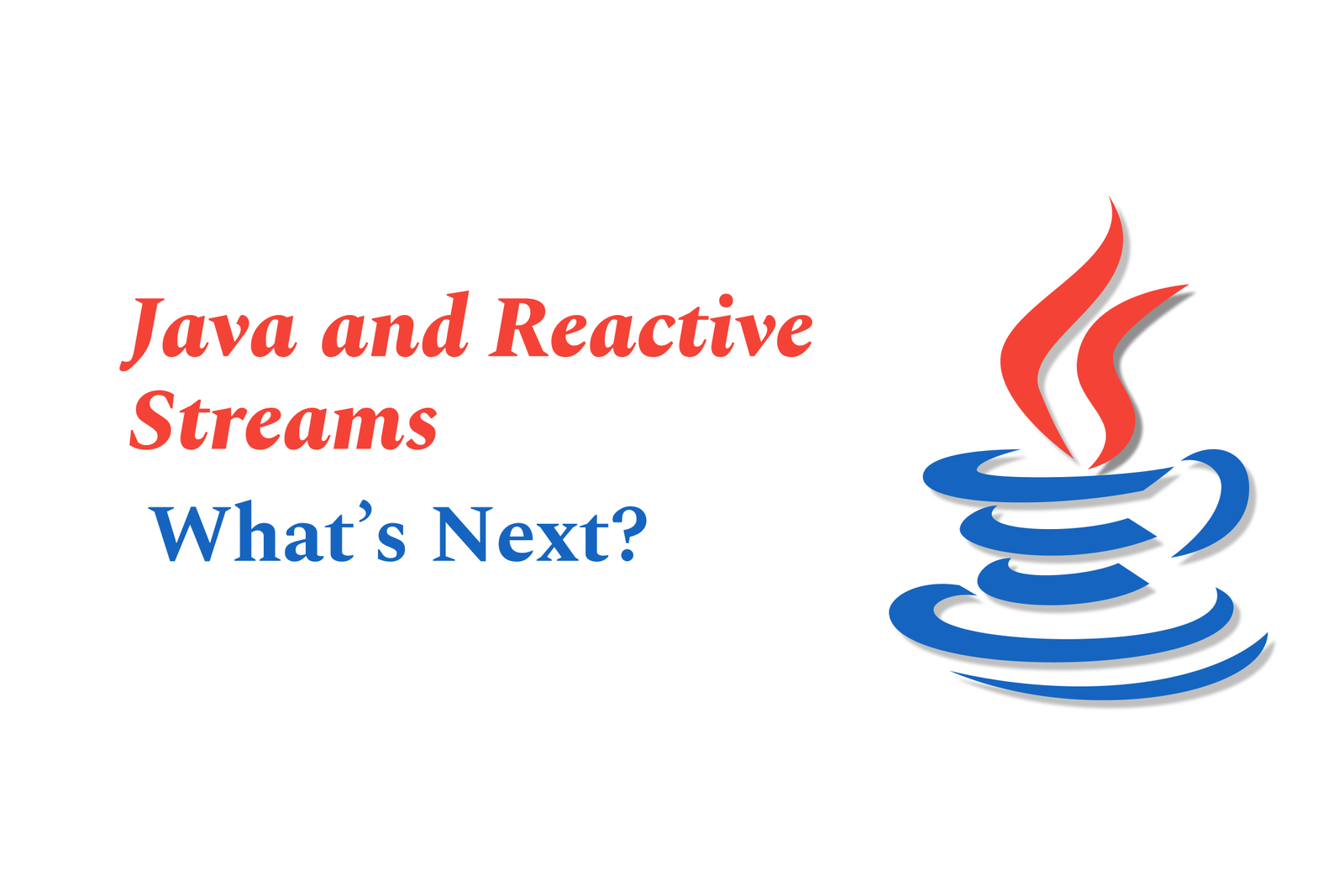Java And Reactive Streams: What?S Next?
Java’s integration of Reactive Streams standardizes asynchronous, non-blocking data flow with back pressure, enabling efficient stream processing. With ongoing ecosystem growth and broader platform adoption, Java’s reactive programming is poised for expanded capabilities and seamless, scalable applications.
Java and Reactive Streams: What’s Next?
1 ) Introduction to Reactive Streams and Java Integration
Reactive Streams provide a standard for asynchronous stream processing with non blocking back pressure, aiming to handle live data streams efficiently.
Java’s JDK 9 introduced the `java.util.concurrent.Flow` interfaces, which are semantically equivalent to Reactive Streams interfaces, facilitating a smooth migration and interoperability.
The Reactive Streams specification targets asynchronous, non blocking data transfers between components or threads with back pressure to prevent overwhelming consumers.
2 ) Problems Addressed by Reactive Streams
Managing streams of unknown or variable volume data asynchronously demands controlling resource consumption.
Without back pressure, fast data producers could overwhelm slower consumers, leading to unbounded buffering and potential failures.
Non blocking back pressure enables bounded queues, maintaining asynchronous benefits across multi threaded and networked systems.
3 ) Scope and Design Philosophy of Reactive Streams
The specification focuses on a minimal set of interfaces and protocols needed to enable asynchronous streams with back pressure.
It purposely avoids prescribing high level domain specific languages or APIs to allow flexibility for different platform idioms and implementations.
By adhering to the rules, various implementations can interoperate smoothly within stream processing graphs.
4 ) Current Status and How to Get Started
Version 1 )0.4 of Reactive Streams for the JVM has been released, including Java APIs, specifications, a Technology Compatibility Kit (TCK), and example implementations.
These artifacts are open source, available on Maven Central and GitHub under the MIT No Attribution license.
Developers interested in implementing Reactive Streams should review the API documentation, specification, TCK, and examples.
5 ) Reactive Programming Overview and Usage in the Java Ecosystem
Reactive programming centers on data streams and propagation of change, often modeled with observables and operators for stream transformations.
Frameworks like RxJava, Project Reactor, and Akka implement or leverage Reactive Streams for building robust, non blocking applications.
Reactive programming supports more maintainable and compositional asynchronous code, notably useful in modern Java applications targeting event driven and concurrent processing.
6 ) Emerging Ideas: Using Streams Beyond Java
Web platform technologies such as WHATWG Streams are being explored for reactive programming capabilities.
Although different in implementation, the concept of streams aligns with observables and reactive paradigms, prompting experiments to bridge or unify these models.
JavaScript libraries like RxJS and new proposals explore the integration of streams for reactive data flow, echoing the motivations behind Reactive Streams in the JVM.
7 ) Looking Ahead
Expect wider adoption of Reactive Streams in future Java versions and broader integration into network protocols and web technologies.
Continuous improvements and collaboration among community projects like RxJava, Project Reactor, and Akka promise an exciting future for reactive programming with Java.
Developers should stay informed about evolving standards, tools, and best practices for reactive programming to leverage the full potential of Java and asynchronous stream processing.
https://justacademy.in/news-detail/ios-19-widget-enhancements-you-can?t-ignore
https://justacademy.in/news-detail/swift-playgrounds:-new-lessons-for-ios-devs
https://justacademy.in/news-detail/flutter-on-raspberry-pi:-new-examples
https://justacademy.in/news-detail/using-google’s-vertex-ai-with-flutter-apps
https://justacademy.in/news-detail/android-anti-theft-feature-improvements
Related Posts
In 2025, top Angular libraries offer modern, feature-rich components and tools for building dynamic web apps. From powerful data grids to low-code platforms like UI Bakery, these libraries enhance development speed, UI design, and scalability, making them essential for Angular developers.
Migrating from AngularJS to Angular 17 involves gradually upgrading your app by running both frameworks together using tools like ngUpgrade, rewriting components in TypeScript, and adopting Angular’s modern architecture to enhance performance, maintainability, and long-term support.
Angular state management tools help organize and handle app data efficiently, improving scalability and maintainability. Popular options include NgRx for robust, RxJS-based patterns, and newer Signal Store solutions that offer simpler, reactive approaches integrated tightly with Angular’s latest features.
RxJS in Angular empowers developers to manage asynchronous data streams with powerful operators like `forkJoin`, `combineLatest`, and `zip`. Mastering these key operators in 2025 is essential for building efficient, reactive applications that handle complex event sequences seamlessly.
Angular performance optimization in 2025 focuses on improving app speed and responsiveness by using techniques like OnPush change detection, lazy loading, efficient data caching, and AOT compilation. These practices reduce load times, enhance user experience, and ensure scalable, fast Angular applications.
In 2025, Angular remains preferred for large-scale, enterprise apps with its robust, all-in-one framework, while Vue attracts developers seeking simplicity and fast development for smaller projects. Both frameworks excel, with choice driven by project needs and team expertise.
Angular Signals are a new reactive primitive in Angular 16 that enable fine-grained, efficient change detection by automatically tracking dependencies and updating only affected parts of the UI. They simplify state management and boost app performance, revolutionizing Angular's reactivity model.
Angular interview questions to prepare in 2025 focus on core concepts like components, directives, data binding, routing, and dependency injection, along with TypeScript mastery and latest Angular features to ensure strong practical knowledge for building scalable, efficient web applications.
AngularJS reached its official end of support in January 2022, meaning no further updates or security patches. To ensure app security and performance, developers should consider migrating to modern Angular versions or seek third-party long-term support options if immediate migration isn’t possible.
The Angular Roadmap 2025 highlights upcoming features focused on improving developer experience and performance, including zoneless Angular, Signals integration, enhanced Forms, async data handling, improved HMR, and expanded Angular Material/CDK enhancements, driving modern, efficient web app development.










